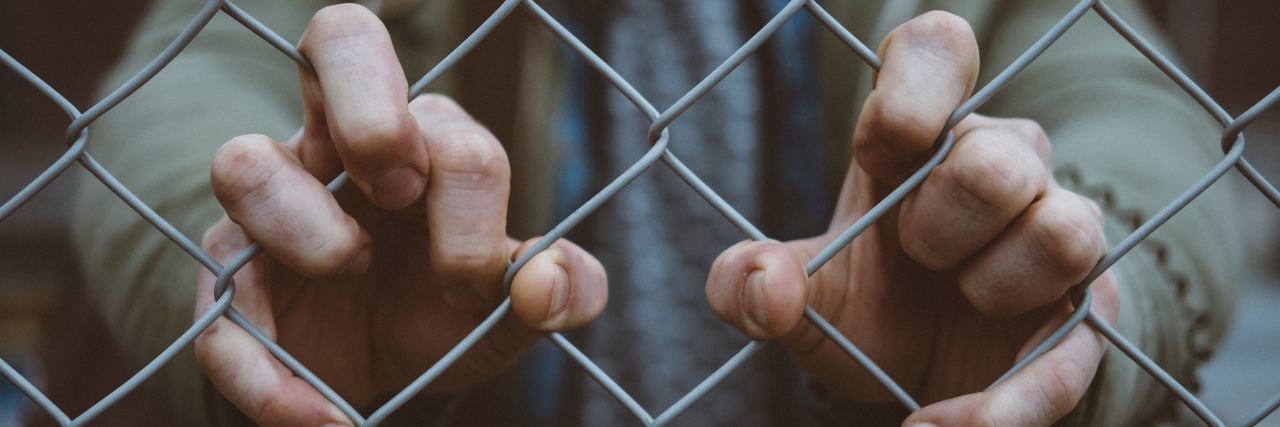I was reminded again today how lucky I am to have access to the mental heath care I do. I have the privilege of having access to a therapist as well as a psychiatrist and any medications they have prescribed. When I’ve needed inpatient care, my insurance has covered it.
However, not everyone is this lucky. We talk about reducing the stigma associated with mental health to help people access care, but what about the systemic barriers that make it so difficult? Even people with insurance face high deductibles and copays as well as numerous exclusions and limitations on coverage and long wait lists. Those without insurance face even greater wait lists and very few options that won’t cause significant financial strain.
Then there’s the issue of trying to get the level of care you need. There just aren’t enough beds. Oftentimes, even people who are acutely suicidal (with a plan and intent) have to travel hours to an available bed, or are unable to receive inpatient care at all. I’ve been there. It sucks and it’s absolutely terrifying. There is this myth perpetuated that a therapist can hospitalize you at the drop of a hat but that just isn’t the case. It is incredibly difficult to hospitalize someone voluntarily, much less involuntarily. The result is people not getting the care they so desperately need, and ending up worse off as a result. Our jails are full of individuals living with a mental illness, our streets are full of individuals living with mental illness, and our medical hospitals are full of individuals living with mental illness. This. Is. Not. OK.
There are also numerous issues with the hospitals we do have. Oftentimes, acute units lump everyone together whatever their presenting problem. There is often little treatment in the way of therapy apart from one to two group therapy sessions a day. In my experience, medications are changed so quickly that there is no way to know whether they’re working or not (research shows it takes about a month to see changes with most psychotropic medications,) and the emphasis is on temporary stabilization and discharge. Apart from seeing a psychiatrist daily and having maybe one family session, most of the direct interaction is from techs who may or may not even have any sort of background education in mental health treatment. While I think techs can do an incredible job, this also leads to a lot of missteps in care. There needs to be more training for acute units on how to handle things like trauma and eating disorders and how to approach that differently from someone who perhaps is experiencing psychosis or mania. When everyone is lumped together, they can learn from each other and make connections, yes, but it can also lead to patients feeling frustrated and not seen or heard.
There’s no easy solution to these problems. More beds requires more infrastructure, more staff and more funding. Most hospitals are short staffed as it is with extremely limited funding. Now don’t get me wrong, there are some amazing hospitals out there that do have these things. It’s a work-in-progress. Crisis centers are opening to help with crisis de-escalation and prevent unnecessary hospitalizations. Overall, though, these things are sorely lacking, especially in the south.
Even if things did improve and there were more beds, there would still be an inability for many people to access care. Many insurance companies are multi-billion dollar monopolies that do everything in their power not to pay for services, and not everyone is fortunate enough to have insurance. Everyone deserves access to adequate care, and that is something we have to work to make a reality.
Photo by Mitch Lensink on Unsplash

